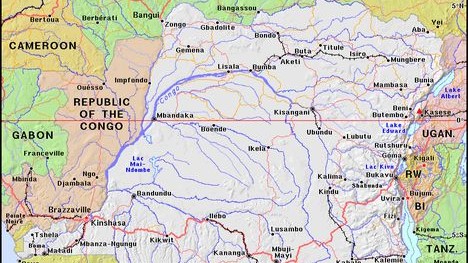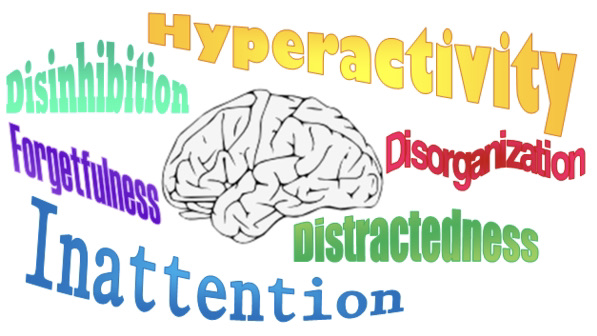Refugees are people who flee their home country because there is violence or they are worried for their safety. When a refugee leaves their home, usually they cannot return. Every year, countries around the world accept refugees into their borders. The United States does this, too. In 2020, the largest number of refugees coming to the United States was from the Democratic Republic of the Congo (DRC).
The Democratic Republic of the Congo is the second largest country in Africa. There are more than 200 ethnic groups in the DRC. Of these groups, the Bantu people make up the majority of the population. In the DRC, there are four main national languages: Swahili, Lingala, Kituba, and Tshiluba. French, though, is the official language of the DRC. This is due to Belgian colonization of the DRC. Colonizers took advantage of the DRC’s rich natural resources, especially rubber. In 1960, the Democratic Republic of the Congo gained independence from Belgium. Since independence, the country has had ongoing violent struggles.
In 1994, conflicts in neighboring countries spilled over into the Democratic Republic of the Congo. Rwanda is a country to the east of the DRC. A genocide in Rwanda forced many refugees into the DRC. As a result, Rwandan and Ugandan armies invaded the DRC. They were searching for some Rwandans who had led the genocide. During this period of violence, Laurent Kabila took over the DRC government. In 1998, a war was fought over Kabila’s right to be president. This war contributed to the huge number of displaced people in the DRC.
In the DRC, there are about 5 million internally displaced people. When someone is internally displaced, they are still within their home country, but they are not safe. They must leave their homes, but have not moved across borders. Even though they have not been driven out of the country, life for internally displaced people is very dangerous. Displaced people often have to live in shelters. These shelters can be unsafe places for people to live. One big problem for internally displaced people in the DRC is serious diseases like cholera and ebola. From 2018 to 2020, there was an outbreak of ebola in the DRC. In the shelters for displaced people, there were cramped living conditions and a lack of access to medicine. This made people living there more vulnerable to getting sick.
Some people are able to leave the DRC as refugees. Most of the refugees from the DRC move to the neighboring countries of Burundi, Rwanda, Tanzania, and Uganda. Some have moved a bit farther, to countries across the world.
Beginning in 2000, the United States started accepting Congolese refugees. Most are settled in Texas, Arizona, Kentucky, and New York. Many Congolese refugees who come to the U.S. move to communities where Congolese people already live in large numbers. This allows Congolese refugees to build supportive and understanding communities. In these communities, some Congolese refugees have started organizations to help refugees who come to the U.S. For example, Congolese refugee Floribert Mubalama founded the Congolese Integration Network in Seattle. This organization supports refugees in the local community. It helps with language translation, job placements, and resources for beginning a new life in the U.S.
Additionally, some Congolese refugees have found ways to give back to their American communities. For example, Wandaka Musongera came to the United States as a teenager from a refugee camp in Uganda. In Texas, he works at New Leaf Agriculture. This organization teaches newly settled refugees about farming and jobs in agriculture. New Leaf Agriculture helps integrate refugees and also provides food for the local Austin community.
Refugees from the DRC are still coming to the United States. The conflicts in the DRC are ongoing. People are still fleeing the country or being displaced. But those who have resettled in the United States are working to adjust to their new lives, and are already giving back to their communities.









